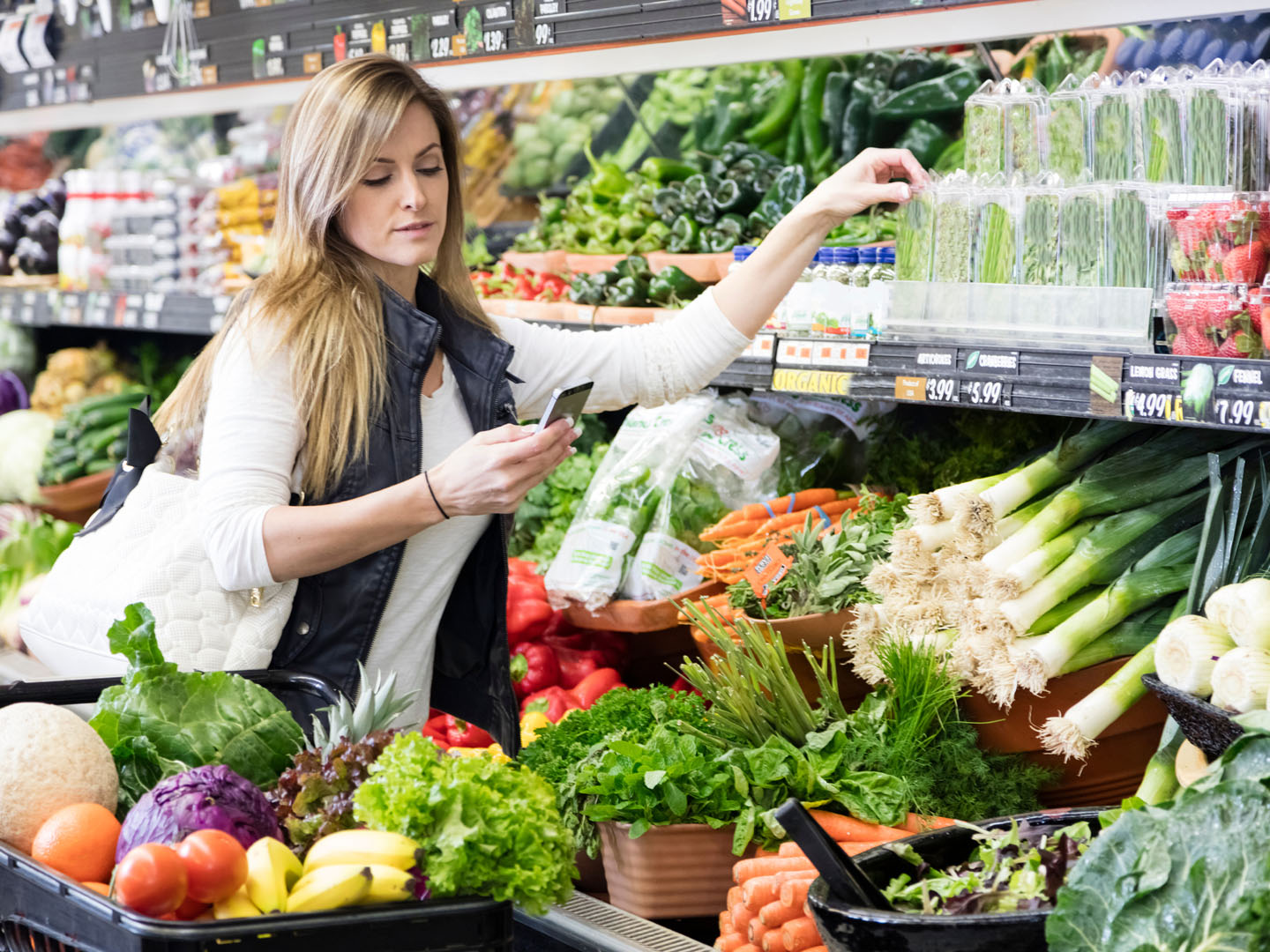
Grocery shopping is something most of us do regularly, but it doesn’t have to be a time-consuming chore. One of the biggest factors affecting how long you spend in a store is its layout. A smartly designed grocery store makes it easy to find what you need, avoid backtracking, and move smoothly through aisles. On the other hand, a confusing or cluttered layout can turn a simple errand into a frustrating hour-long task.
So, what are the best layouts for speedy shopping? Let’s explore how design and organization can save time and improve your overall shopping experience.
1. The Perimeter Flow Layout
One of the most effective layouts for speed is the perimeter flow design. In this setup, essential sections like produce, dairy, bakery, and meat are placed along the outer edges of the store. Shoppers can easily move around the perimeter and pick up core items without zig-zagging through center aisles.
This layout works especially well for people who want to shop quickly or stick to a healthier diet. Since fresh foods are often placed around the perimeter, you can make most of your purchases without venturing deep into the aisles.
2. Category-Zoned Layout
Another time-saving setup is the category-zoned layout, where items are grouped logically by use or theme. For example, all breakfast items—cereal, oats, pancake mix, syrup—are placed near each other. Similarly, pasta, sauces, and spices may be arranged in the same section.
When items are organized by how shoppers actually use them at home, it reduces time spent searching. You don’t have to run from one side of the store to another just to assemble ingredients for one meal.
3. Wide-Aisle Design
Even the best layout fails if aisles are too narrow and crowded. Stores with wide aisles make shopping faster because they prevent bottlenecks. When two carts can pass each other comfortably, there’s less waiting, maneuvering, or frustration. Wide aisles also make it easier to spot items without blocking others.
4. Strategic Checkout Placement
The checkout area is often where time savings vanish. A store that places checkout lanes conveniently near the exit—without forcing customers to walk through additional displays—helps keep trips speedy.
Self-checkout stations are another part of efficient layouts, especially for those with fewer items. Strategic placement of express lanes also ensures that shoppers with small baskets aren’t stuck behind carts filled to the brim.
5. Clearly Marked Signage and Logical Aisle Arrangement
A fast trip often comes down to how easily you can find things. Stores with large, clear signs at the end of aisles help guide shoppers quickly. Logical aisle arrangement also matters—having canned vegetables near canned beans and soups, for instance, saves unnecessary searching.
An efficient store doesn’t just place items randomly but organizes them in a way that aligns with how shoppers think. When categories flow naturally from one to another, shopping becomes intuitive.
6. Grab-and-Go Zones
Some layouts include grab-and-go sections near the entrance or exit with essentials like milk, bread, or eggs. This setup is ideal for shoppers who only need a few quick items. Instead of weaving through the entire store, you can grab what you need in minutes.
7. Central Hub Design
In this layout, the store is designed around a central hub with major categories branching out in a spoke-like fashion. The hub acts as an anchor point, making it easy to navigate back and forth without getting lost.
This design is particularly effective in large grocery stores, where shoppers can otherwise waste time walking long distances.
8. Technology-Enhanced Layouts
Some modern layouts incorporate digital tools like smart signage or apps that help shoppers locate products instantly. While the physical layout still matters, technology adds another layer of speed. For example, digital directories or app-based maps can guide you directly to the aisle and shelf you need.
Conclusion
The best grocery store layouts for speedy shopping are those that combine logical organization, wide aisles, clear signage, and convenient checkout areas. Whether it’s the perimeter flow design, category zoning, or grab-and-go sections, thoughtful layouts save shoppers valuable time and reduce frustration. For those with busy schedules, efficiency at the grocery store isn’t just a convenience—it’s a necessity.
By recognizing how layout impacts your trip, you can shop smarter, move faster, and turn grocery shopping into a stress-free task rather than a time-consuming chore.